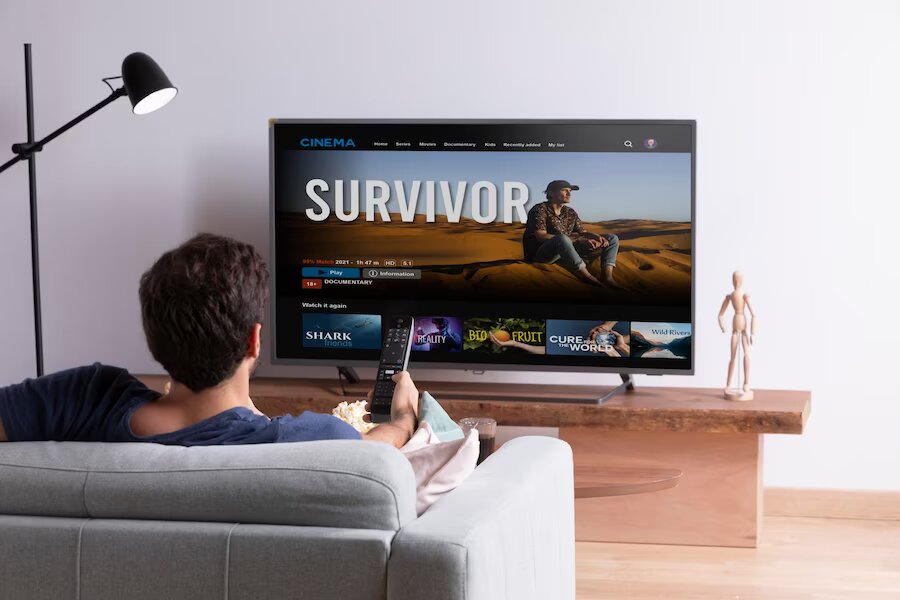The Importance of Closed Captioning Services: Making Your Content Accessible to All

The Importance of Closed Captioning Services: Making Your Content Accessible to All
Content creators constantly strive to engage with a broader audience in today’s time. One vital aspect of reaching this goal is ensuring your content is accessible to everyone, including those with hearing impairments. Closed captioning services are crucial in achieving this objective by providing text alternatives for audio content, making it accessible to a larger audience. This blog will discuss the importance of closed captioning services and their benefits to content creators and consumers.
1. Accessibility for the Hearing Impaired
Closed captioning services make audio content accessible to the deaf and hard-of-hearing community by providing a text-based alternative to spoken words and sounds. According to the World Health Organization, over 5% of the world’s population has some degree of hearing loss. By including closed captions, you cater to this significant demographic and demonstrate your commitment to inclusivity and social responsibility.
2. Compliance with Legal Requirements
Many countries have laws and regulations to ensure that content is accessible to people with disabilities. In the United States, for example, the Americans with Disabilities Act (ADA) and the Federal Communications Commission (FCC) mandate closed captioning for certain types of content, such as broadcast television and government-funded programs. By using closed captioning services, content creators can ensure compliance with these regulations and avoid potential legal issues.
3. Improved Comprehension and Engagement
Closed captions benefit the hearing impaired and individuals who may struggle to understand spoken language due to accents, dialects, or background noise. This is particularly relevant in today’s globalized world, where diverse audiences often consume content. Closed captions can help bridge language barriers and improve comprehension, increasing viewer engagement and satisfaction.
4. Better Learning Experience for Language Learners
Closed captions can be an invaluable resource for individuals learning a new language. They provide a visual aid to help learners understand spoken language more effectively, assisting in vocabulary building and comprehension. By offering closed captioning, content creators can cater to the needs of language learners and enhance their overall learning experience.
5. SEO Benefits
Search engines, like Google, crawl, and index text-based content, making it easier for users to find relevant information. Adding closed captions to your videos can boost their search engine visibility, providing searchable text that search engines can index. This can improve your content’s ranking on search engine results pages, driving more organic traffic to your website or platform.
6. Flexibility in Content Consumption
In many situations, such as public transport, libraries, or noisy environments, viewers may be unable to use audio. Closed captions provide an alternative way to consume content without the need for sound. This flexibility allows your audience to engage with your content in various settings, ultimately increasing your reach and viewership.
7. Archiving and Reusability
Closed captions can serve as transcripts that make archiving and repurposing content easier. These transcripts can be used to create written content such as blog posts, articles, or social media updates, expanding your content marketing strategy and maximizing the value of your existing content.
Conclusion
In conclusion, closed captioning services are pivotal in making your content accessible to a broader audience. By offering closed captions, you not only cater to the needs of the hearing impaired but also improve comprehension, enhance the learning experience, and increase search engine visibility. By investing in closed captioning services, content creators can demonstrate their commitment to inclusivity while maximizing the reach and impact of their content.

